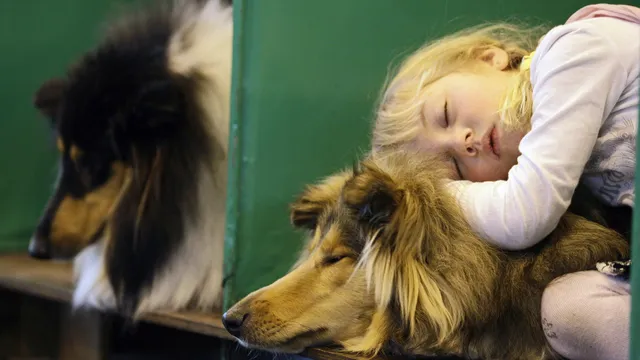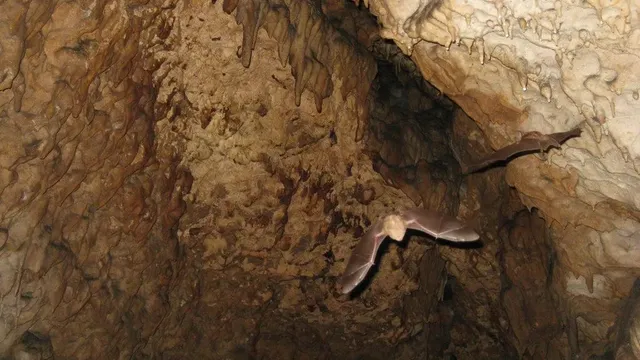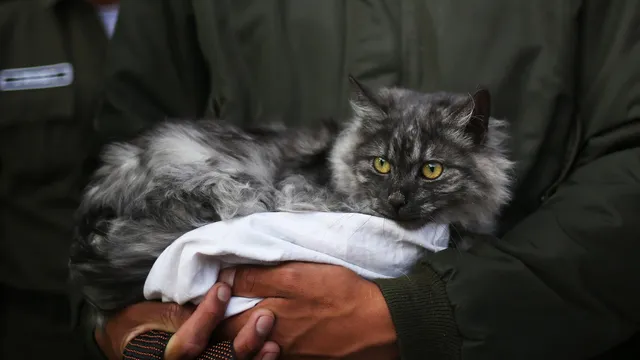Dreams have existed since we have existed, or so we assume. As a species, we are guilty of conflating common phenomena with our own experiences. The same is true for dreams. We claim that they are something typically human. However, nothing could be further from the truth. In fact, we are just one of many animals capable of dreaming.
From much larger mammals, such as sperm whales, to much smaller invertebrates, such as fruit flies, many animals dream. If you have a dog, you have probably noticed that it dreams. Charming (or slightly creepy) movements, such as twitching legs and rolling eyes during sleep, are subtle signs that your dog is dreaming. Sometimes you may even catch them barking loudly in their sleep, which is somewhat similar to the way some people talk in their sleep.
It's a proven fact: animals can dream, but how can we be sure? After all, it's not like we can just ask them. So, when and how did we learn that animals dream?
The ancient Greek philosopher Aristotle was the first to notice that animals dream, and he recorded his thoughts in 350 BC. Specifically, he observed that four-legged mammals—quadrupeds—exhibit behavior consistent with dreaming. For a long time, this was the first and only study on the subject. Aristotle had a monopoly on this topic until the mid-20th century, when research was finally resumed.
Dreams and REM
In the 20th century, sleep research focused on the rapid eye movement (REM) phase. First identified in humans in 1950, REM is the phase of sleep during which we most often dream. Ten years later, in 1960, a similar sleep phase was identified in cats, opening up possibilities for dream-like states in species other than Homo sapiens.
During REM sleep, animals experience rapid eye movements in different directions behind their closed eyelids. This visual activity is accompanied by temporary paralysis or atonia. To a large extent, it is this combination of physical effects that facilitates the occurrence of dreams.
What do animals dream about?
Contrary to popular belief, animals have memories and dream about them most of the time. A study conducted at MIT proved that, like us, animals dream about their lives. Based on this understanding that animals retain memories, researchers at MIT's Center for Learning and Memory studied the consciousness of sleeping rats. By analyzing brain activity, the team deciphered their dreams.
Matthew Wilson, one of the researchers on the team, emphasized that prior to this study, knowledge about what happens in the minds of animals during sleep was limited.
"No one knew for sure whether animals dream in the same way we do, which may involve replaying events or at least parts of events that happened while we were awake," he said.
Wilson and his team trained rats to run in circles. While they were running, the team monitored their brains to determine which parts were affected.
The researchers focused on the hippocampus, a part of the brain in the temporal lobe. As the rats moved along their circular paths, the hippocampus showed significant activity. Why is this important? It turns out that these areas of the brain are critical for memory formation, spatial orientation, and emotional regulation.
Wilson explained that the team focused on individual cells in the hippocampus. By observing the excitability of these cells, they were able to delve into the rats' consciousness. In this way, the team was able to effectively reconstruct the content of their dreams.
The team not only recorded the excitable cells in the hippocampus, but also observed the patterns of excitability.
"We looked at the activity patterns of a group of individual cells to determine the content of the rats' dreams. We know that they actually dream and that their dreams are related to real experiences," Wilson said.
After comparing the hippocampal patterns observed during running with those during REM sleep, the researchers discovered something important. Of the approximately 40 REM cycles that were studied, about half reflected the patterns observed on the circular track.
The overall conclusion is that the rats in the study dreamed of running. By comparing hippocampal activity, the researchers were able to determine exactly where on the track the rats were in their dreams! But that's not all. The team was able to determine whether the rats were running or standing still during these dreams.
This is a fun conclusion, but not without merit. The rats in the study dreamed about their day for the same reasons we do: to consolidate their memory.
It all comes down to REM sleep
We consolidate memories as we create them, but not completely. The remaining parts? We organize them during sleep. More specifically, during REM sleep. This process is controlled by the hippocampus—the part of the brain that is also responsible for dreams.
Thanks to the work of Wilson and his team, we know that animals dream and, contrary to popular belief, they dream about their daily lives and consolidate their memories just like we do.
Dreams and memories are not unique to mammals. Similar findings from studies conducted at the Max Planck Institute for Biological Intelligence show that pigeons dream of flying when they sleep.
"During REM sleep, we observed intense activity in the brain areas responsible for visual processing, including areas that analyze the pigeon's environment during flight. Based on these observations, we believe that birds, just like humans, dream during REM sleep and may experience flight in their dreams," said co-author Mehdi Behroozi of Ruhr University Bochum.
As Wilson briefly explained, "Dreams are the ultimate offline experience. This work demonstrates that animals are capable of reevaluating their experiences when they are not in the midst of them." | BGNES

 Breaking news
Breaking news
 Europe
Europe
 Bulgaria
Bulgaria







